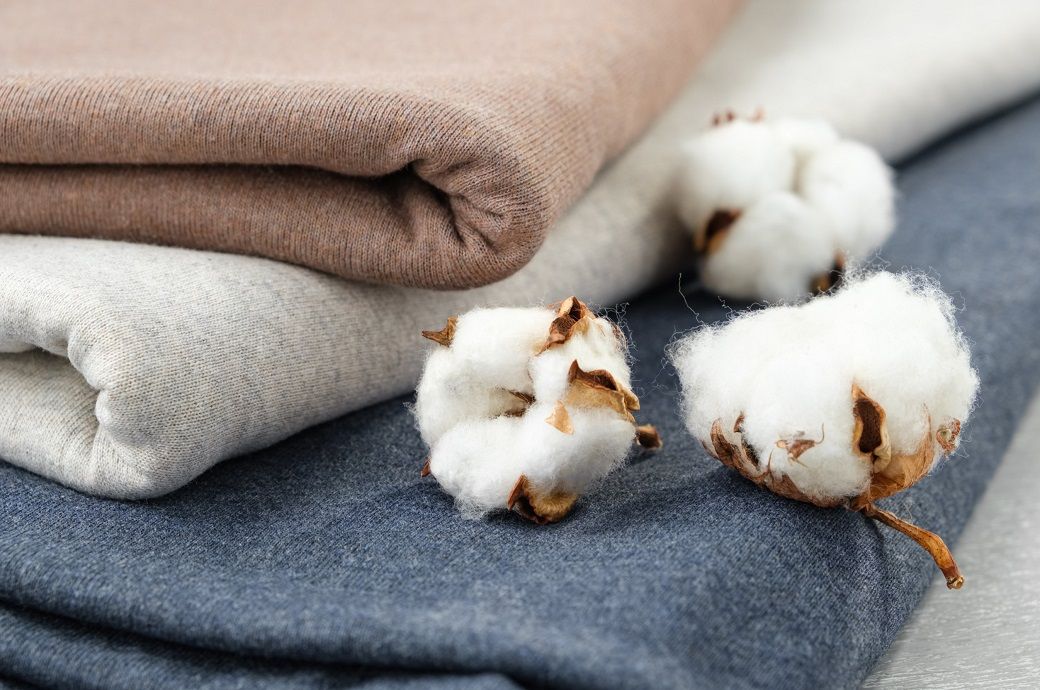
Boll weevil reintroductions usually occur when used and/or custom cotton harvest equipment from a boll weevil-infested area travels through the state or stops within the state to conduct harvest operations without being properly fumigated, inspected, and certified as being free of boll weevils, according to a press release issued by the LDAF.
“Once the equipment stops anywhere within the state of Louisiana, our department must be notified so we may conduct an inspection of the equipment and review all pertinent documentation,” said LDAF Commissioner Mike Strain, DVM.
Cotton harvest equipment includes cotton pickers, cotton module builders, cotton module trucks, boll buggies, tractors, trailers, and any other equipment potentially harbouring cotton debris or boll weevils, added the release.
“Equipment entering Louisiana from Texas will require a Fumigation Certificate or a USDA PPQ Inspection Form 540 must accompany that equipment,” Strain added. “Equipment from all other states, where the boll weevil has been eradicated, should have a phytosanitary certificate or other official documents such as a statement on letterhead from a state-of-origin regulatory official certifying that the equipment is free from boll weevil or that the equipment originated in a boll weevil free area.”
In the Southeast, where the boll weevil has been eradicated, the combined annual direct economic benefits from increased yields, reduced insect damage, and lower insect control costs are more than $80 million, according to Cotton.org. The value of this permanent stream of benefits exceeds $1.2 billion — a significant boost to these rural economies. Hence, the importance of following the protocols put in place by the LDAF and the continued eradication of the boll weevil in Louisiana.
Fibre2Fashion News Desk (NB)